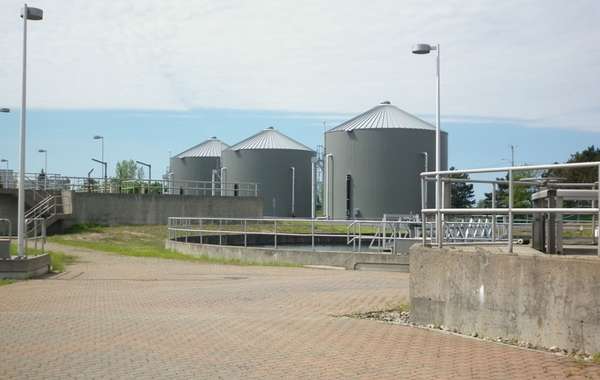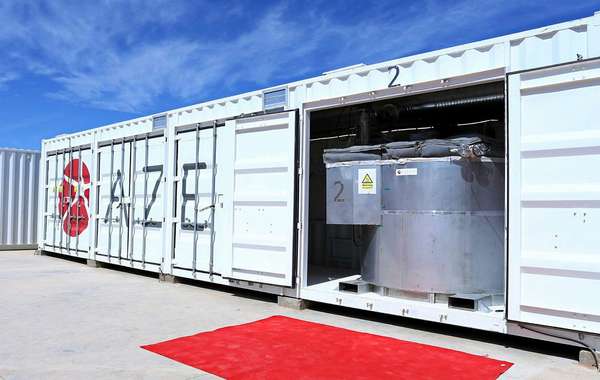A project started in 2002 by Verdant Power Inc. saw tidal turbines placed 10 metres deep in the East River of New York, taking advantage of the reliable tidal surge of Long Island Sound.
Spinning silently at 35-40 rpms for 18 hours a day in a 4 knot current, tidal turbines eliminate two of the more common complaints about renewable energies, noise and unpredictability. After a brief stagnant period as the tide peaks, water begins to return to the sea, causing turbines to automatically rotate and begin generating power again.
The success of that pilot project earned Verdant Power the first ever commercial licence in the U.S. for tidal power generation, a green light for the installation of up to 30 turbines over 3 years that will produce 1 megawatt of power, or enough for 900 homes. The pace of the project is being intentionally slowed in order to monitor any effects on marine life.
Success of this phase could lead to the installation of up to 300 turbines, and give Verdant Power a leading role in changing the way we generate hydroelectricity.
For tidal power generation to be effective, a minimum high tide of 5 metres is required, and ideally a large bay that stores incoming water. Global capacity for tidal power generation is estimated at between 2.5 and 3 trillion kilowatt hours annually, amounting to approximately 10 times Canada’s total electrical output.
The Bay of Fundy for example, sees an average high tide of over 16 metres as 100 billion tons of seawater comes and goes every six hours. To put that in perspective, that’s more than 4 times the combined volume of water passing through all the world’s freshwater rivers in the same 6 hour period.
One of the benefits of tidal surges compared to rivers is the stoppage of flow during high and low tides for installation and maintenance. However, the world’s rivers are a source of power that has not been dismissed; Verdant Power is currently working with the Ontario Government on a pilot project for the St. Laurence river starting in 2015.
To be located on the Canadian side, the St. Laurence river project will begin with the installation of two turbines that it is estimated will provide Cornwall, Ontario with 110 Kilowatts of power.
Studies of fish habitat in the East River project showed absolutely no negative impacts, and the clear water of the St. Laurence will facilitate the installation of cameras to monitor fish migration, offering valuable insight into the struggling St. Laurence sturgeon population.
Tidal and river turbines may change the way we harness hydroelectric power
Harnessing the power of flowing water is anything but a new technology; what is new is the benign ecological effects of free-standing underwater turbines compared to the damming of rivers.
While power from hydroelectric dams is certainly renewable, it is by no means clean. There are many social and ecological repercussions that come with it:
- The destruction and relocation of communities upstream and downstream.
- The blocking of fish migratory routes and the extinction of species.
- Blocking the flow of river sediment that replenishes soils.
- Greenhouse gas emissions as methane is released from rotting vegetation in reservoirs.
As methane rises to the surface, oxidization causes it to change into carbon dioxide, a less harmful gas. So rather than at the surface of reservoirs, 95% of the problem is at the dam itself where methane-rich deep water goes through the high-pressure environment of turbines and spillways.
According to the Intergovernmental Panel on Climate Change, methane has a warming impact 72 times higher than carbon dioxide. The world’s largest dams (dams over 15 metres tall) release a combined 104 million metric tons of methane gas annually.
There is no un-doing to be done of the damage caused by existing dams, but perhaps the future harnessing of hydroelectric power won’t come with the same costs if free standing turbines become the norm.
Now you know more about renewable energy generation. Learn more about sustainable living and building in the Ecohome Green Building Guide and on these pages below :
Learn more about the benefits of a free Ecohome Network Membership here. |






























Almost all the nations have started focusing on utilizing the renewable sources of energy for the production of electricity and arranging fuel. It is really going to help saving the environment in the long term.